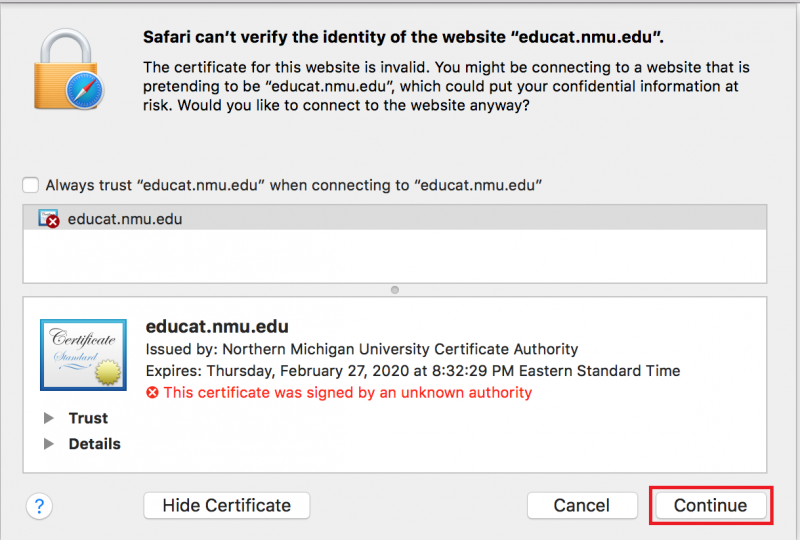
Select Pop-up Windows on the left side.Select Safari > Preferences, then select Websites at the top of the window.For more information, see Disable Pop ups in Most Common Internet Browsers. Note: Exceptions cannot be added in earlier versions of Safari. You can now add popup blocker exceptions in Safari 12 and above for MacOS. Repeat steps 6 and 7 for each website you need to enable pop-ups for.This functionality does persist on Firefox Quantum as long as the protocol matches. If you enter, this would allow pop-ups for, and other sites that end with. Note: Mozilla Firefox globally allows all subdomains of the exception entered.

Note: Firefox Quantum's pop-up exceptions now include the protocol ( You must match the protocol being used on the website when you add the exception. Enter the website into the Address of website field.Note: If you are running a version of Firefox before Quantum, click Exceptions under Pop-ups. Click Exceptions next to Block pop-up windows under the Permissions section.Note: If you are running a version of Firefox before Quantum, click Content. Click the menu button on the upper right corner.Repeat steps 8 and 9 for each website you need to enable pop-ups for.Enter the website into the Site field.Under Privacy and security click Content settings.Scroll to the bottom and click Advanced.In the top-right corner of Chrome, click the Chrome menu.
#Chrome add exception for site mac download#
These could include option screens such as print and download options screens, or they could stop pop-ups which would confirm downloads or show a result to a page. However, depending upon the particular pop-up blocker, they may block useful information as well. Generally, pop-up blockers are installed in order to try to avoid pop-up ads from webpages. This may consist of multiple internet windows, or actual pop-ups caused by coding on a webpage.

A pop-up blocker is any program that prohibits a pop-up at some point in time.


 0 kommentar(er)
0 kommentar(er)
